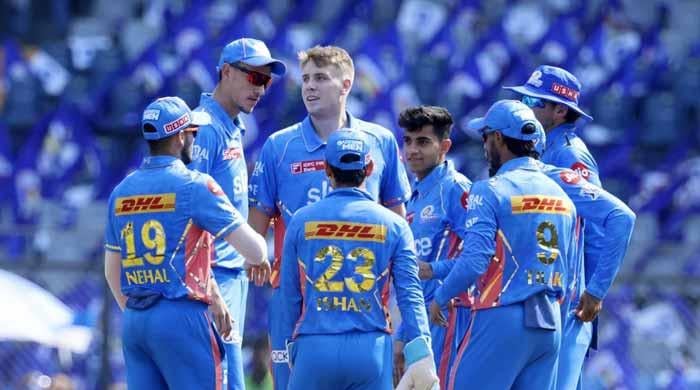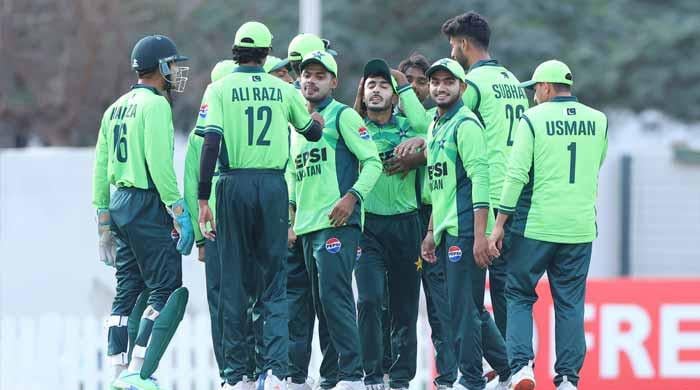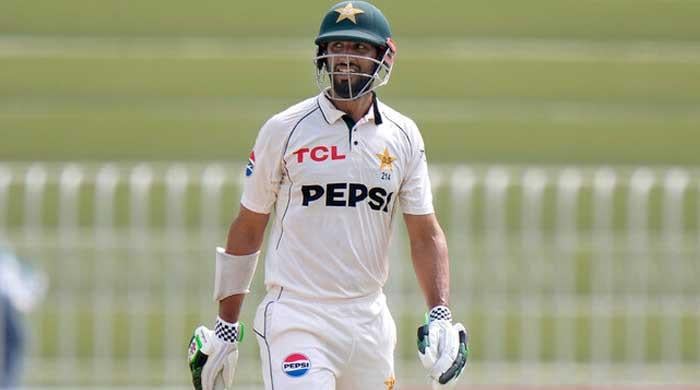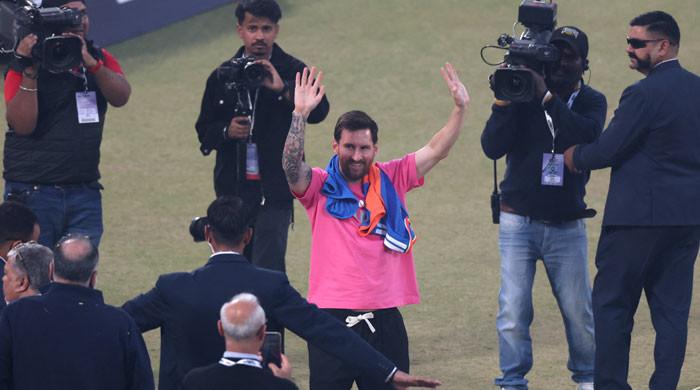PSL scandal brings to light the dark side of cricket
Cricket Boards must be firm and keep corrupt players away from the game for good
February 11, 2017
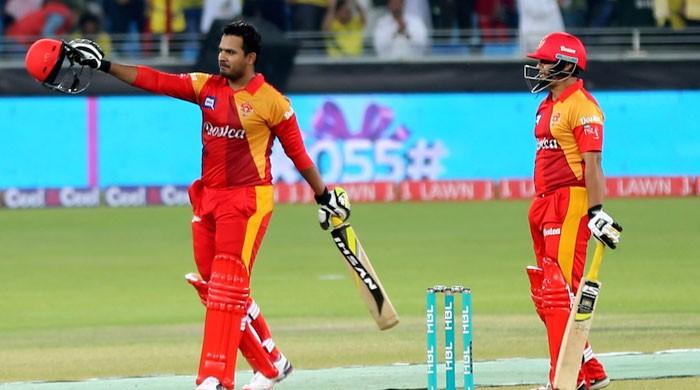
There is a dark side to cricket, which casts its wide shadows on and off the field.
It is said that match fixing spread its tentacles in cricket back in late 70s and early 80s but its first major incident was in 1993, involving sportsmen from India, Sri Lanka, West Indies and Australia.
The entire game, it was later revealed, was pre-fixed and the cash was divided amongst five players. In order to dodge informers, the cricketers decided to keep the number of people involved to a minimum.
Involving more hands meant more chance of lack of secrecy, and of getting caught. That's when cricketers decided not to involve others and do FANCY, or ‘Individual fixing’.
In this form of fixing only the bookie and the culprit player know their level of involvement. Bowlers can bowl half volleys at critical junctures, batsmen can slow down run rate when chasing or throw their wicket away.
Besides cricketers, umpires and the groundsmen get paid for information about the pitch and playing conditions.
Fixing of matches or the individual fixing is a nuisance and kills the spirit of the game. In the subcontinent people are emotionally involved and when we find out that some players deliberately throw their wickets, or bowl no-balls, it is heart breaking. It’s a dangerous way of making easy money as it can hurt the players or the organizers. The worst part is that the fans lose faith in the sportsmen.
I believe the authorities should take strict action against those involved in such corruption practices and make examples out of them, but unfortunately our Board has been soft on some players in the past and has allowed them to play again, producing a generation of flawed role models.
Cricket Boards must be firm and keep corrupt players away from the game for good.





